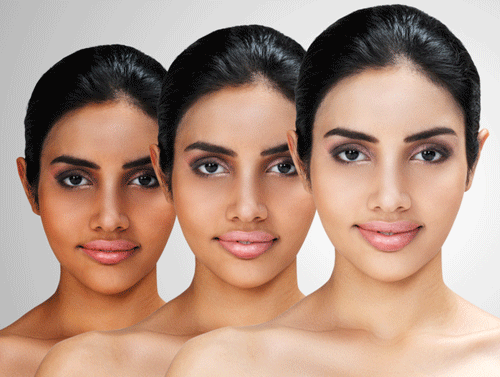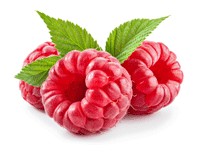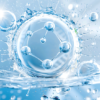You have probably heard a lot of negative about the dangers of hydroquinone from the internet and you want to avoid it at all cost! Hydroquinone (HQ) is a topical skin-lightening agent used to treat different conditions related to skin darkening.
What you probably don’t know about hydroquinone is that if you are trying to avoid it, your body is probably already exposed to several natural sources of the compound.
Headline: 📣 Hydroquinone is a naturally-occurring substance found in your diet.
The list of natural dietary sources of hydroquinone is extensive, and found in many common foods that you are already likely consuming. At the end of each day, if you do consume these foods, your urine will contain measurable quantities of hydroquinone.
There are several dietary sources of HQ including red wine, coffee, bread, tea, raspberries & broccoli. There is also hydroquinone in cigarette smoke.
What this means is that you can still be exposed to hydroquinone from your diet, first or second-hand cigarette smoke, and that your body thankfully, has a natural elimination pathway to efficiently get rid of excessive HQ.
Your chances of completely avoiding exposure is hydroquinone are slim.
The uses of hydroquinone in medicine and cosmetic dermatology revolves around the fact that most people will develop discolorations with age. This is either due to excessive sun exposure or due to scarring. HQ is the most effective method to lighten these sunspots, age spots and aging pigmentation.
Dark-skinned individuals also develop a lot of post-inflammatory hyperpigmentation (PIH) from acne, eczema, cuts, insect bites and burns. Again, there is no ingredient more effective than hydroquinone for fading these spots. Hence the reason why it is called the “Gold-Standard” for skin lightening.
Hydroquinone has a bleaching effect on your skin as it works by decreasing melanin production. Melanin is a skin pigment, produced by melanocytes, that helps in maintaining your skin tone. Hyperpigmentation involves excess production of melanin, leading to darker skin. So, by controlling melanin production, hydroquinone decreases the transfer of melanin to your skin, resulting in lighter skin. Melanopeel protocols use some of the safest skin-lightening methods available.

Hyperpigmentation can also be caused by some hormonal therapies, birth control pills, pregnancy or by injury to the skin. Hydroquinone can be used in different skin conditions related to hyperpigmentation including melasma, lentigines, freckles, acne scars, and age spots.
So why the extensive negative press about hydroquinone?
HQ can cause skin irritation and sun sensitivity. Skin irritation can be seen with the use of hydroquinone especially if your skin is chapped, dry or already has irritation. This irritation can be controlled by avoiding the use of harsh cleansing agents.
Moreover, HQ can make your skin more sensitive to harmful UV rays from the sun, and sun exposure itself can make discoloration worse. So, it is recommended to apply sunscreen when going outside to maximize the benefits of hydroquinone.
It is always advised to check skin sensitivity before initiating hydroquinone treatment. Hydroquinone may affect your skin in form of skin irritation and sun sensitivity.
Long-term use of HQ has been linked to permanent skin darkening called ochronosis.
Long-term unsupervised use of HQ can also result in ochronosis. This is indeed a well documented phenomenon commonly seen and reported in the South African Black population, The incidence is much lower in Asia. It is also noted that the incidence is low in the Black American population.
It is theorized that hydroquinone formulations containing additives such as mercury play a part in the development of ochronosis and harmful reactions to HQ.
While the incidence is low, there is no prediction as to whether someone will develop ochronosis. Therefore it is best to use safe hydroquinone formulations and use under the advice of your clinic.
What about cancer from hydroquinone use?
There are no conclusive studies that show a link of topical HQ use to cancer. The harmful effects of HQ stem more from it’s potential for skin irritation, sun sensitivity, and the low risk of ochronosis development from long-term use.
The cancer-link first came from a study done in the 1990’s where mice were force-fed high doses of HQ in corn oil. Historical analysis of studies linking HQ to cancer have been found to be very weak, and found studies to be flawed. Our HQ for skin lightening is not eaten in high doses, and subsequent studies of topically applied HQ have failed to show a cancer link.
All our Melanopeel® formulations and hydroquinone products are all manufactured under the strictest of safety standards. They are formulated without parabens and skin toxic ingredients. Our skin lighteners are also perfectly balanced with skin-protective botanicals.











